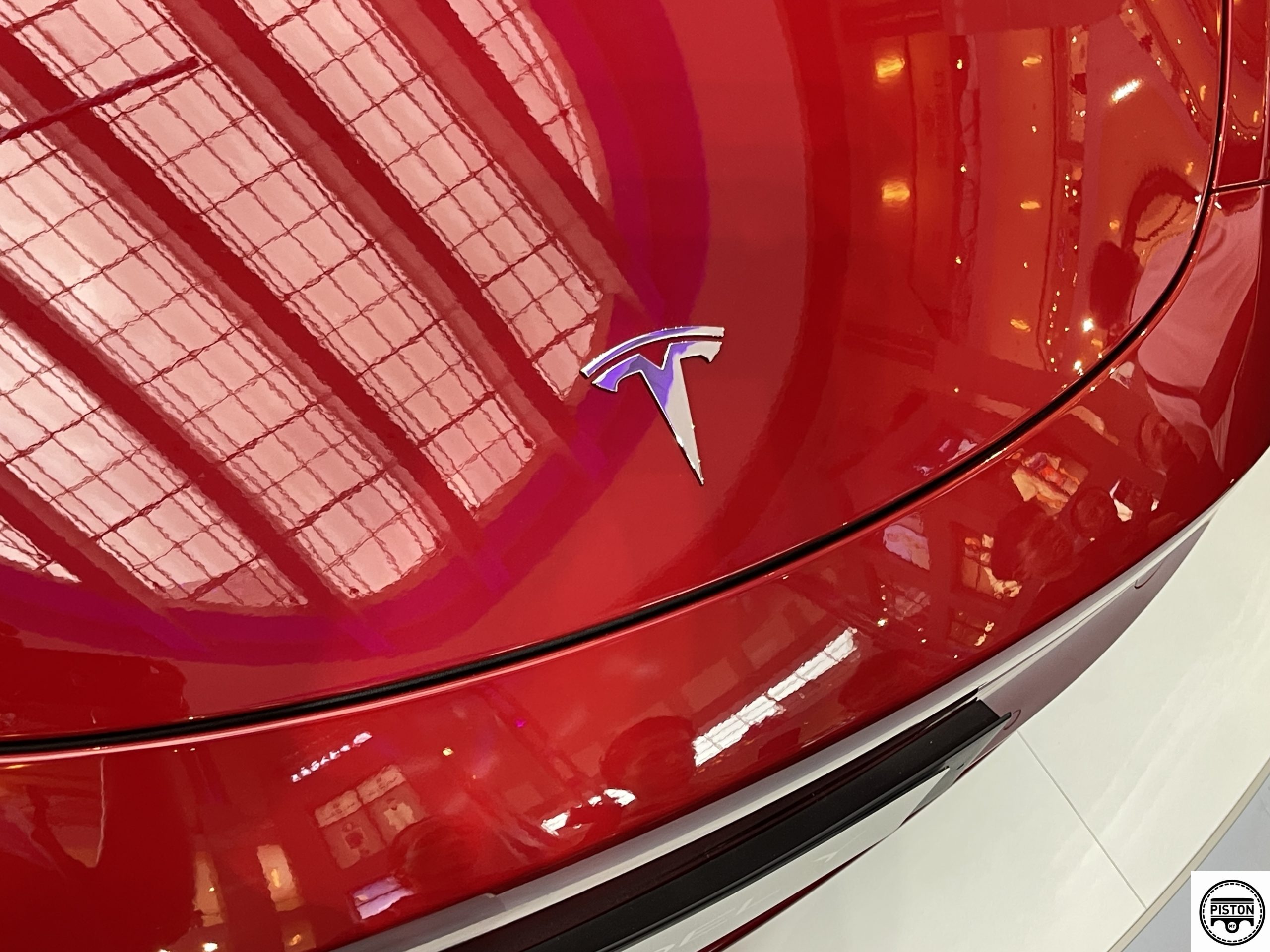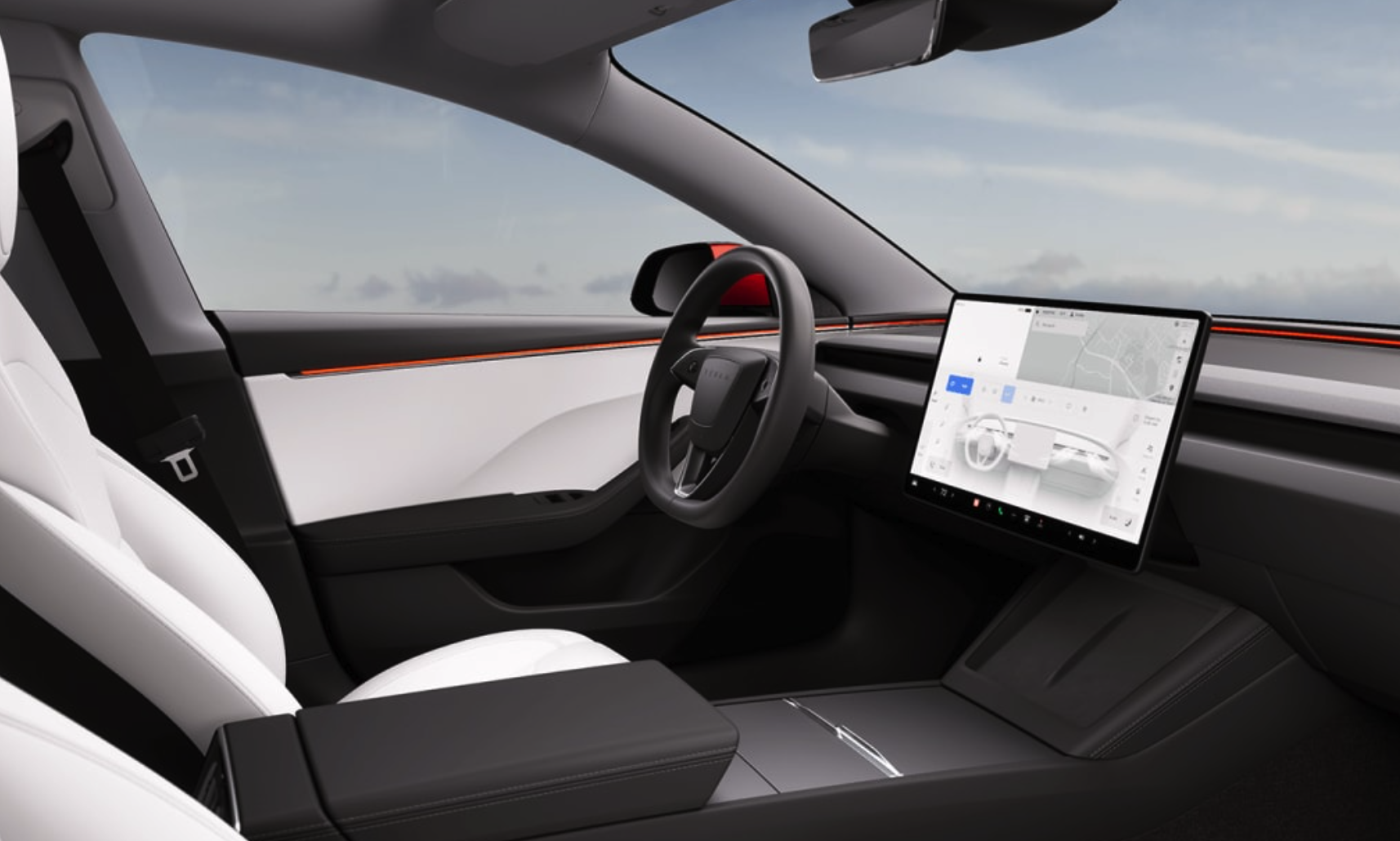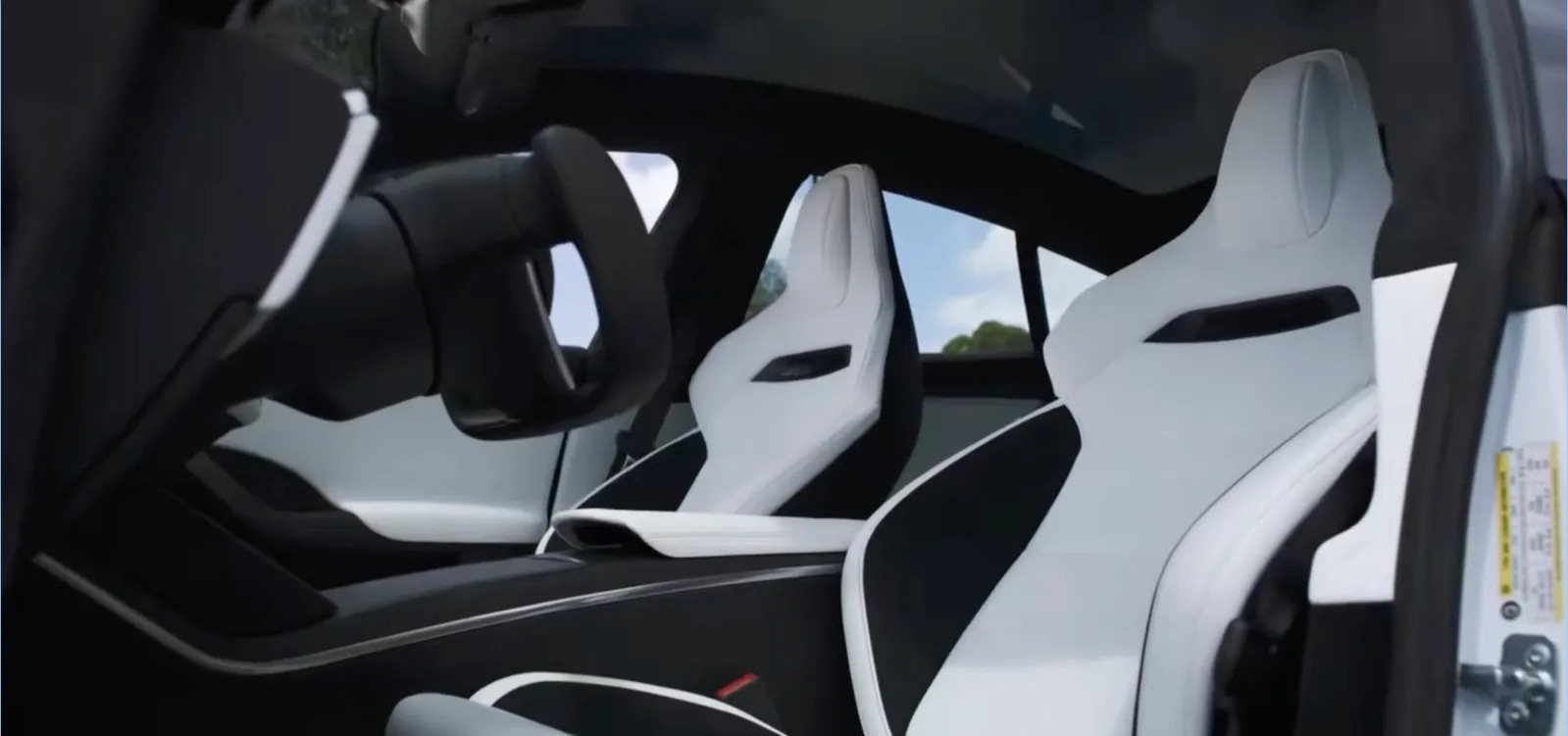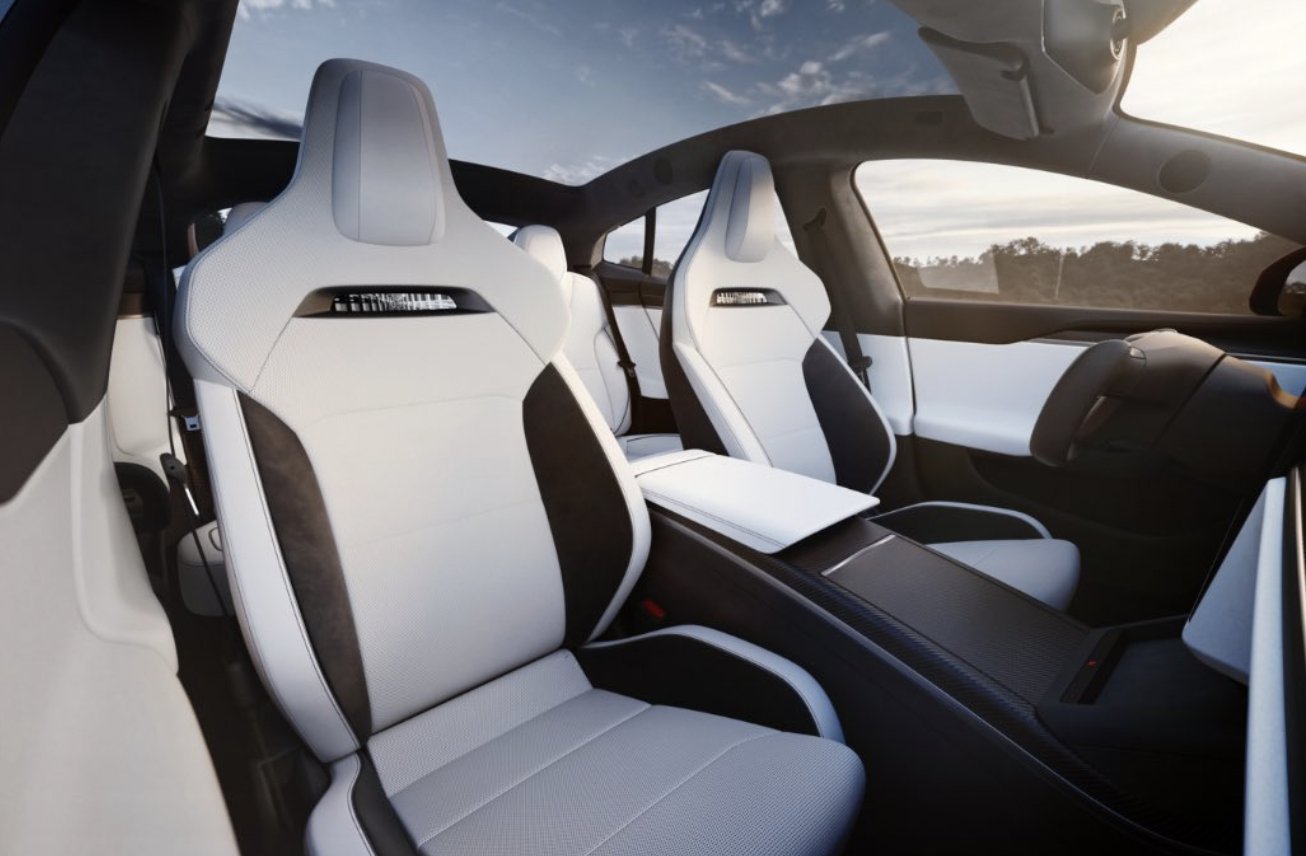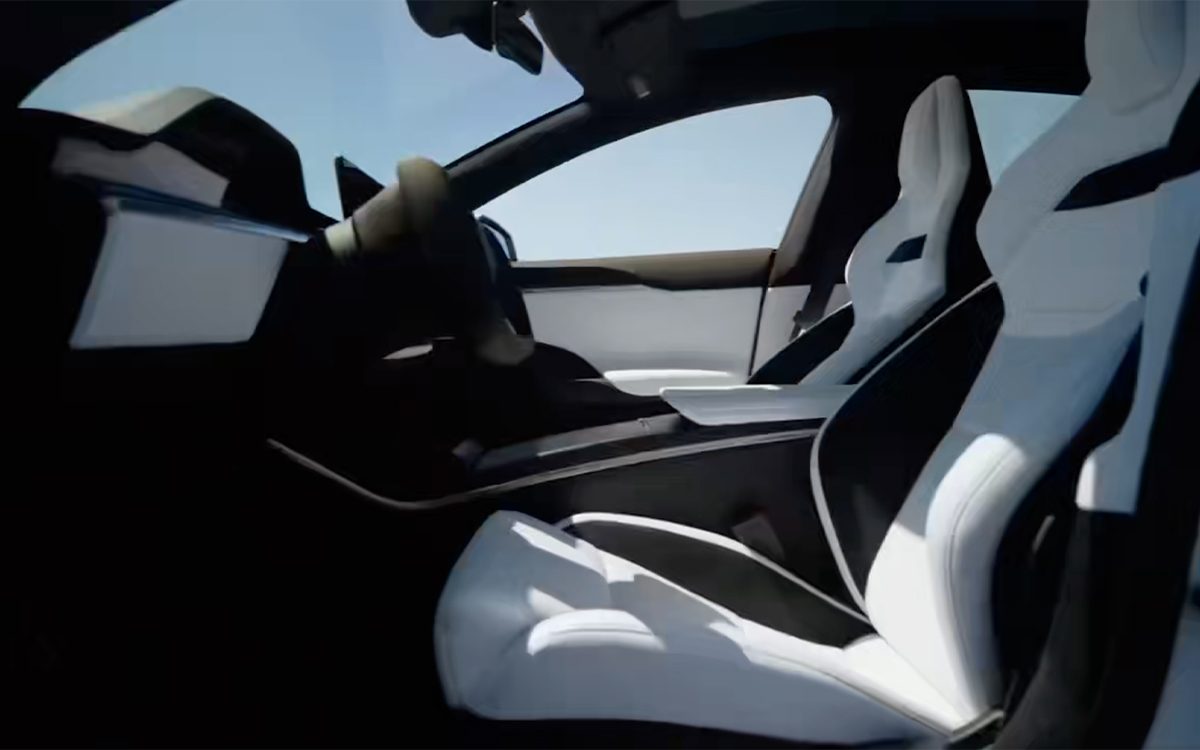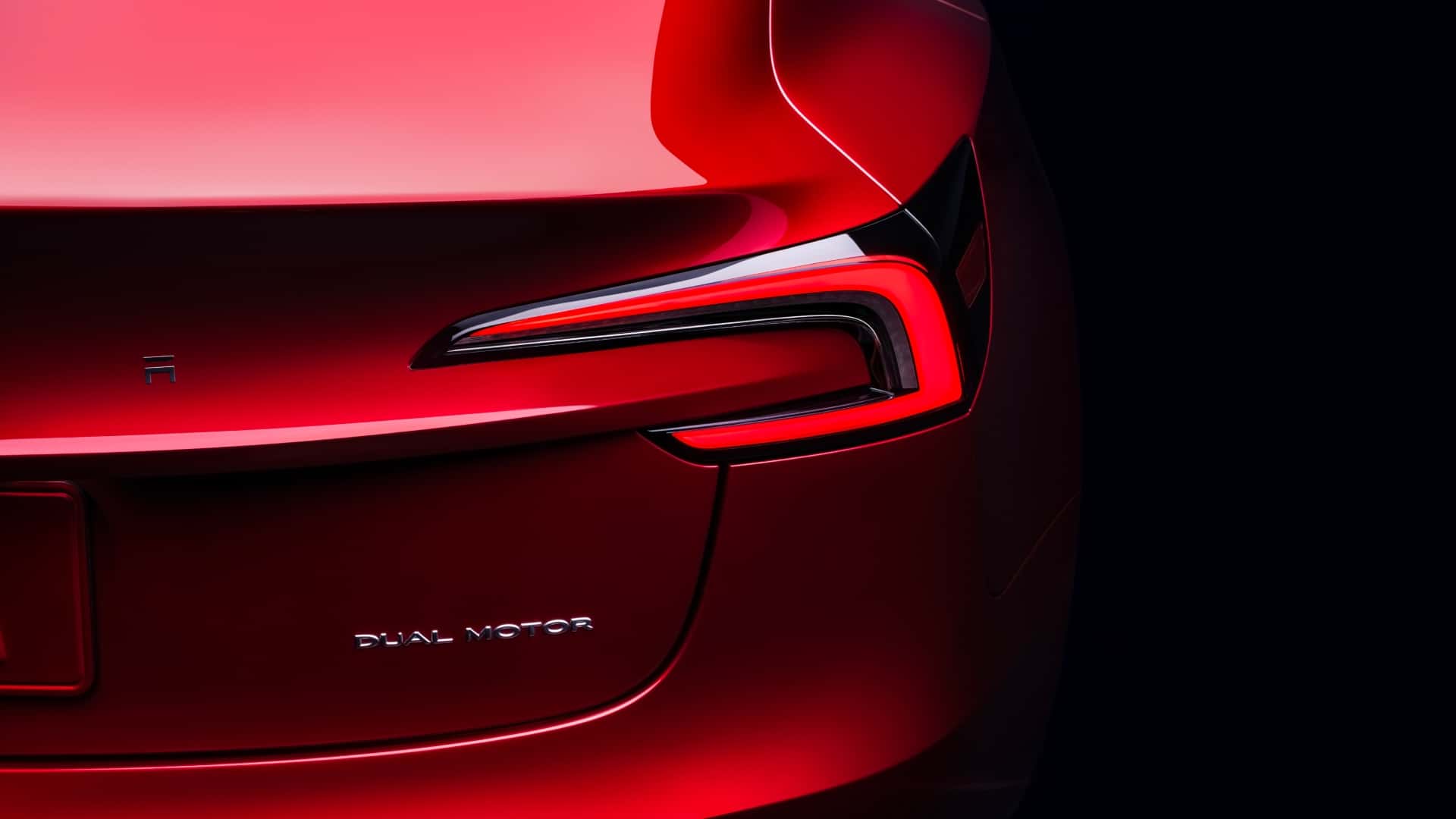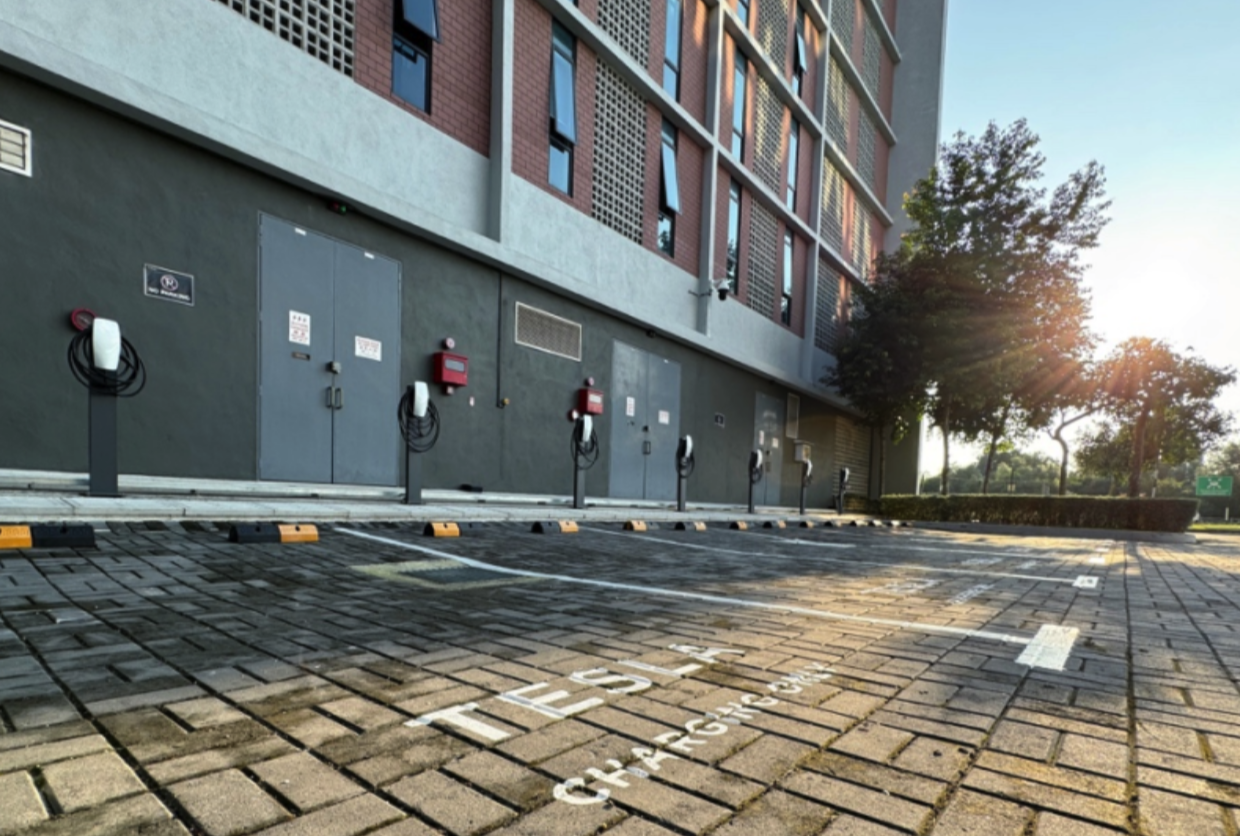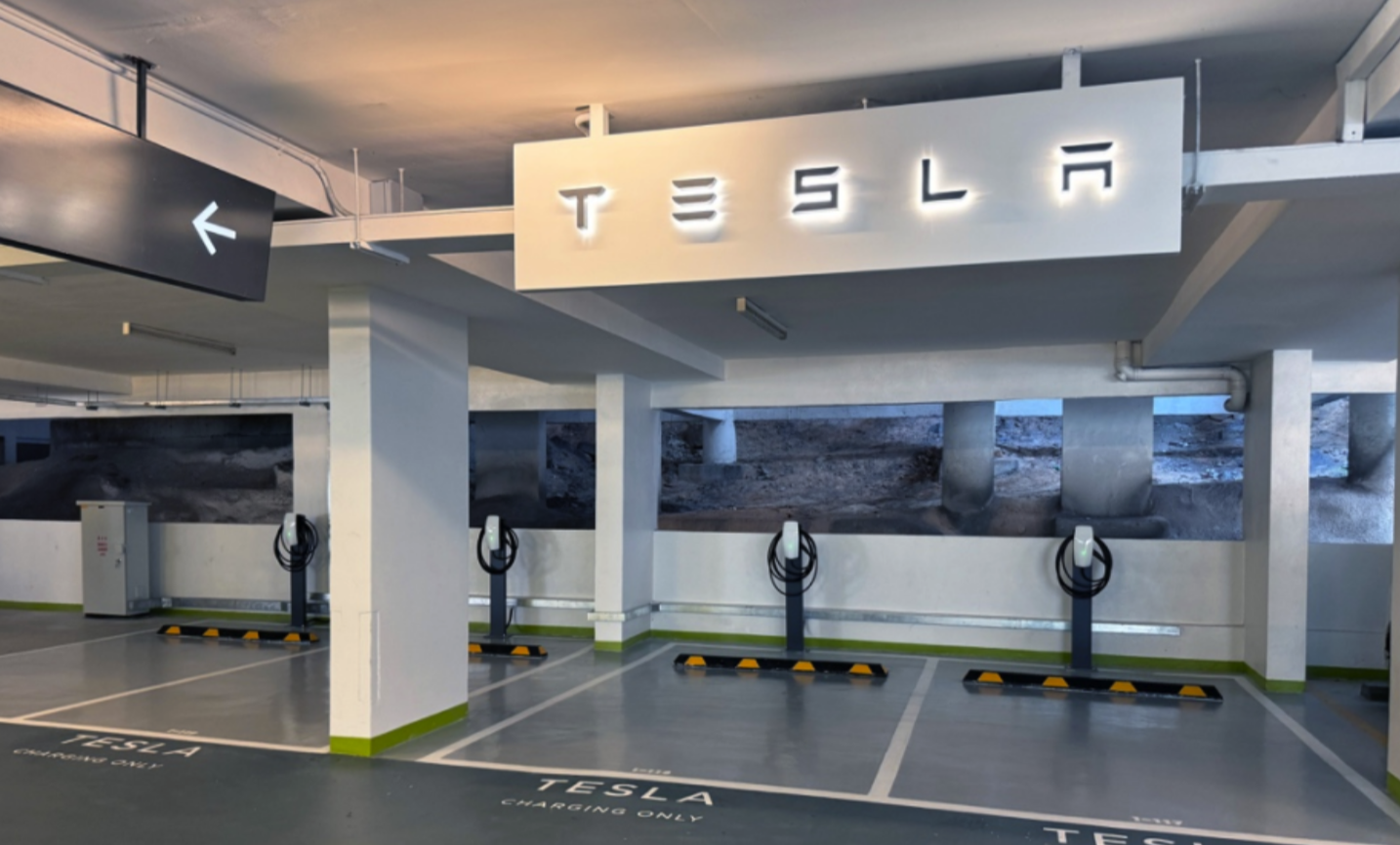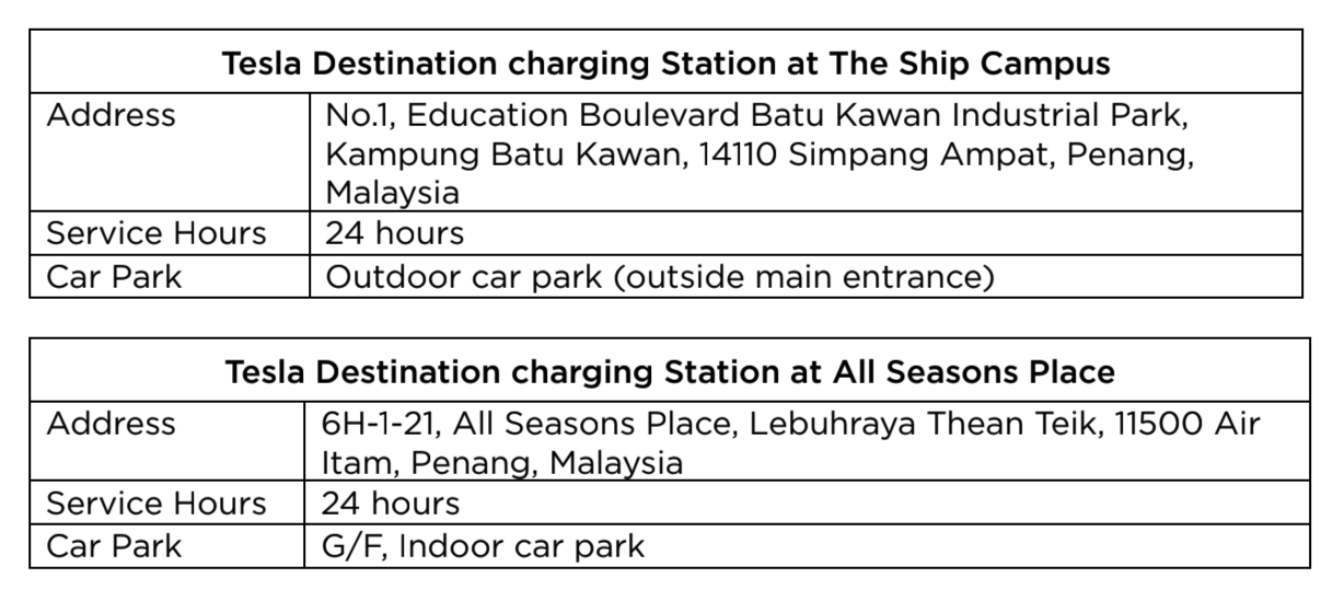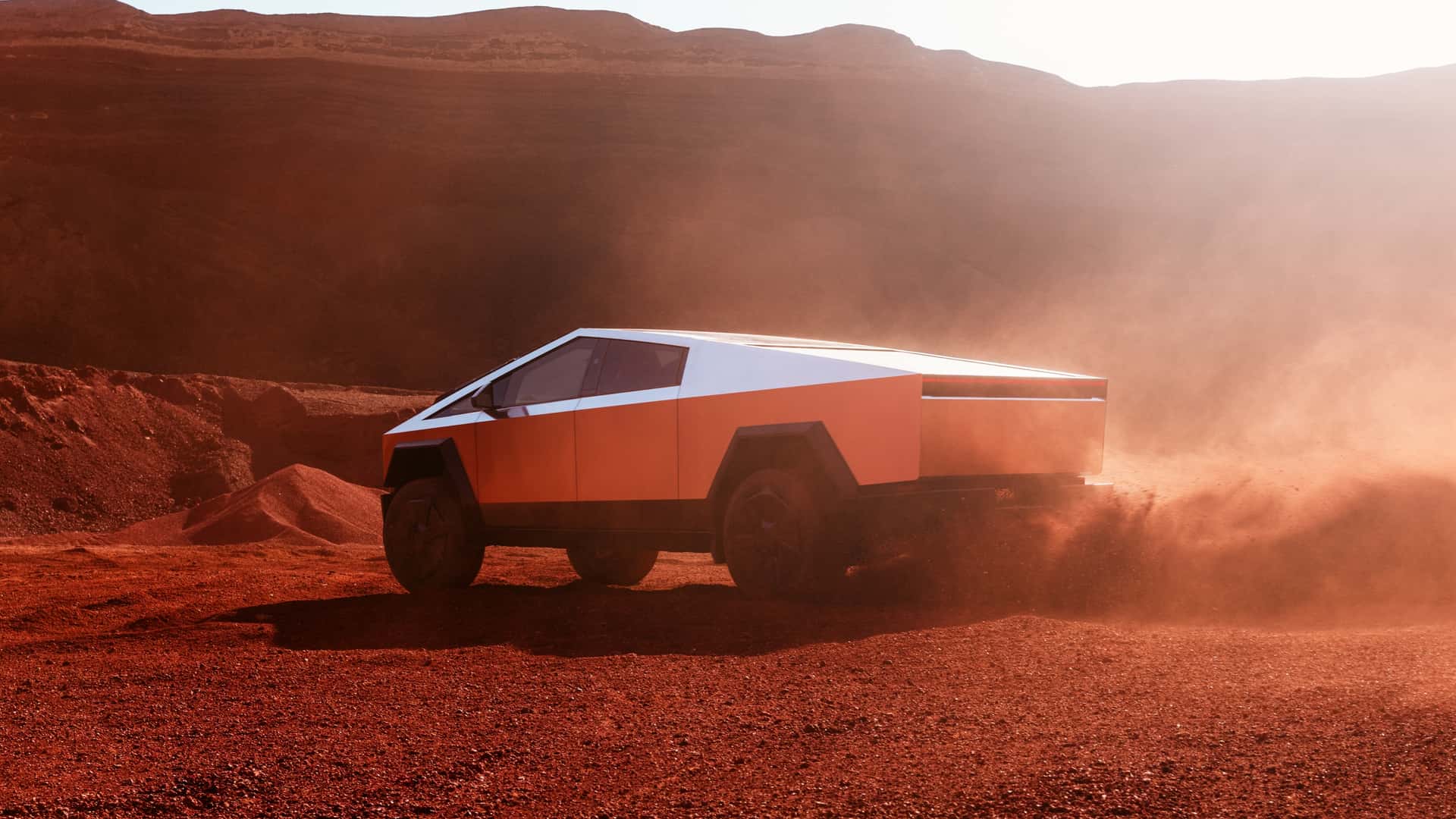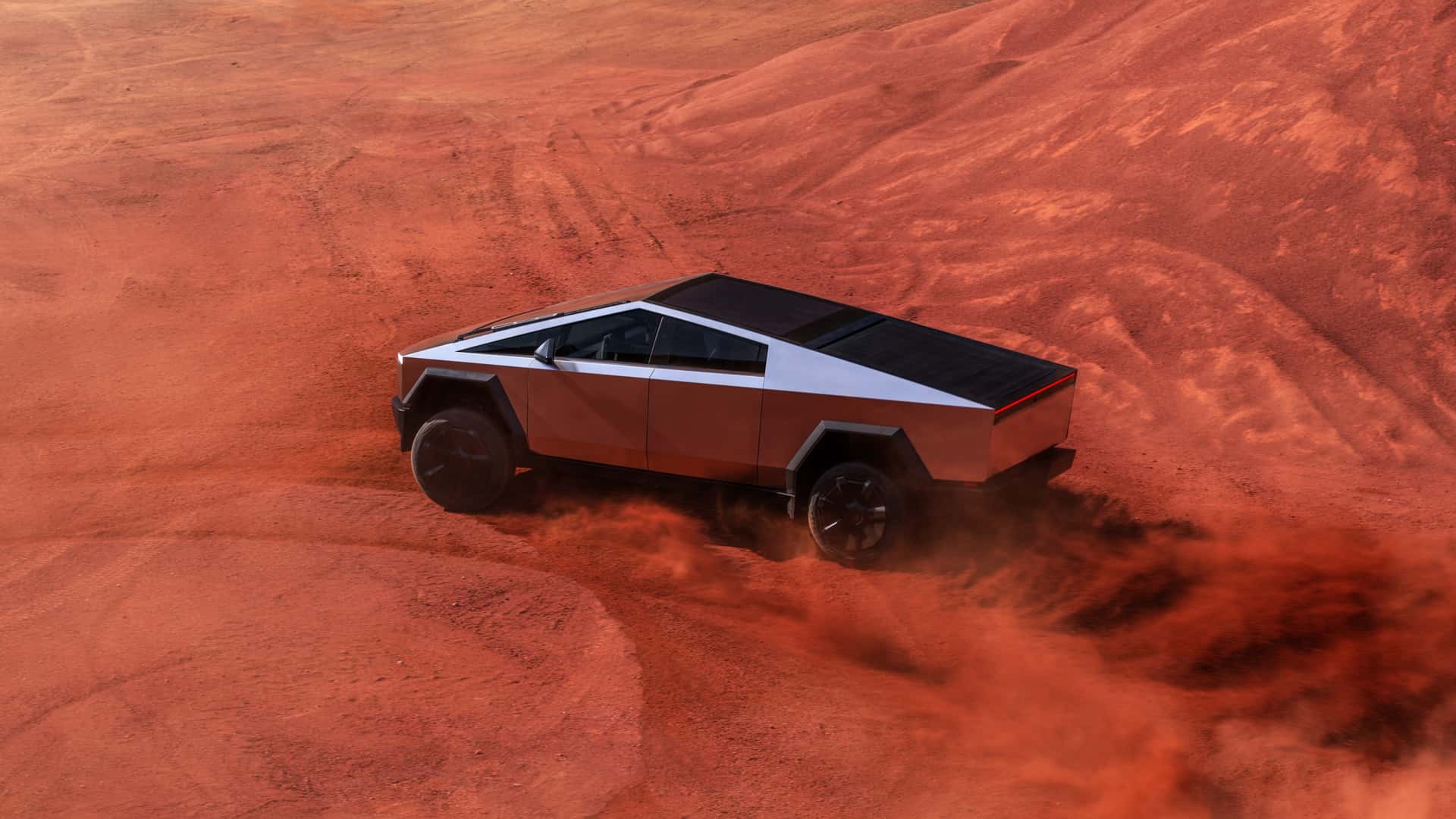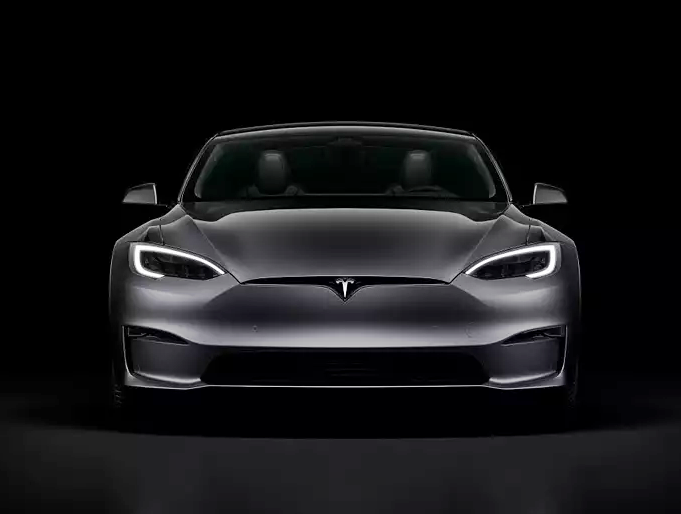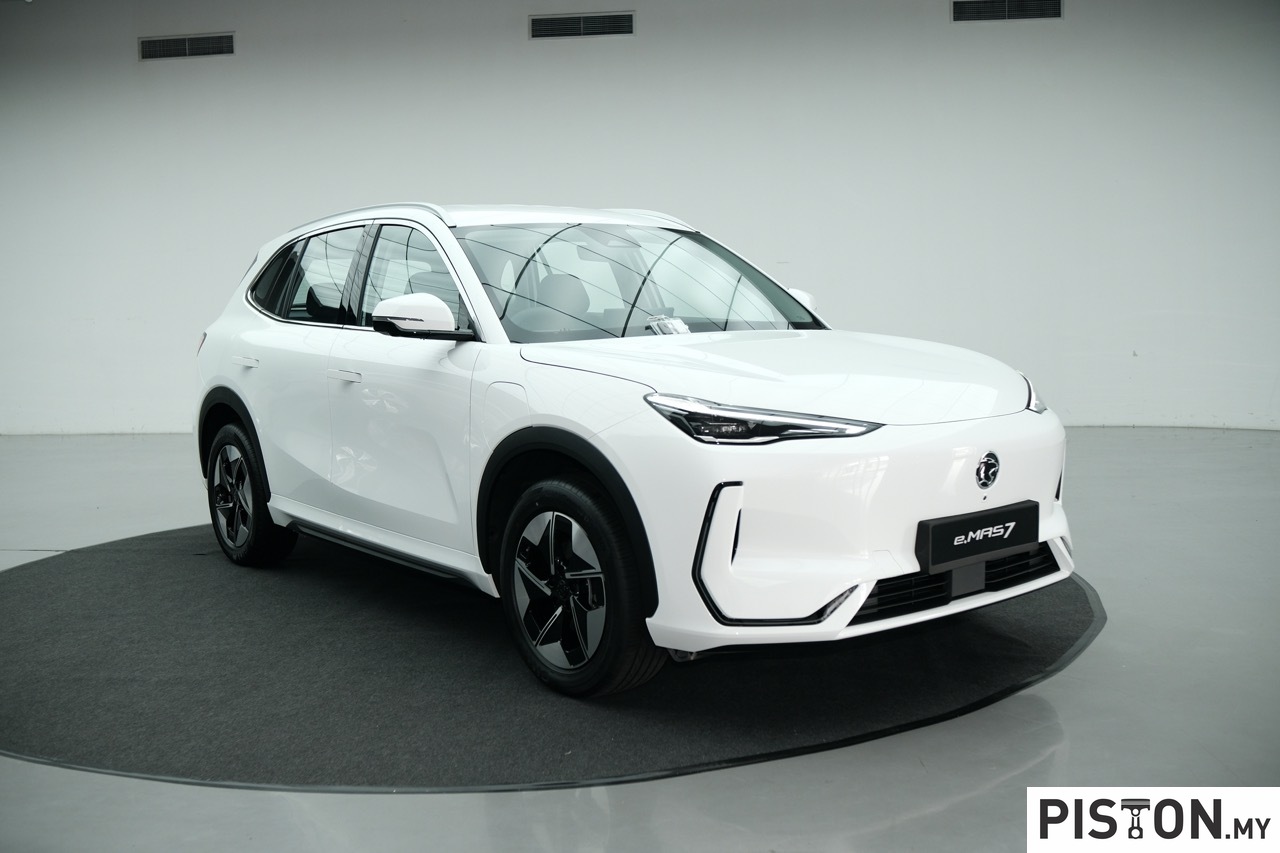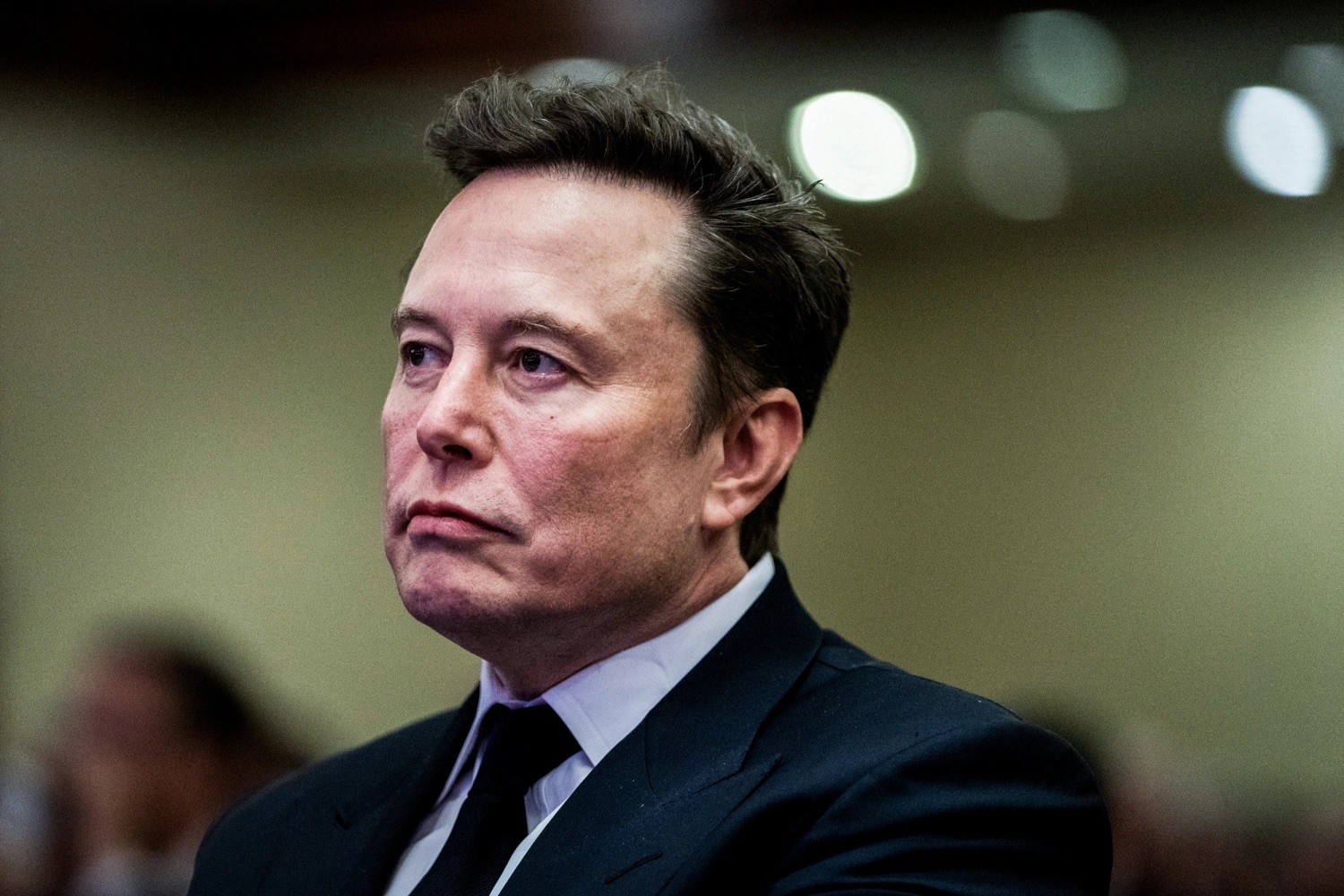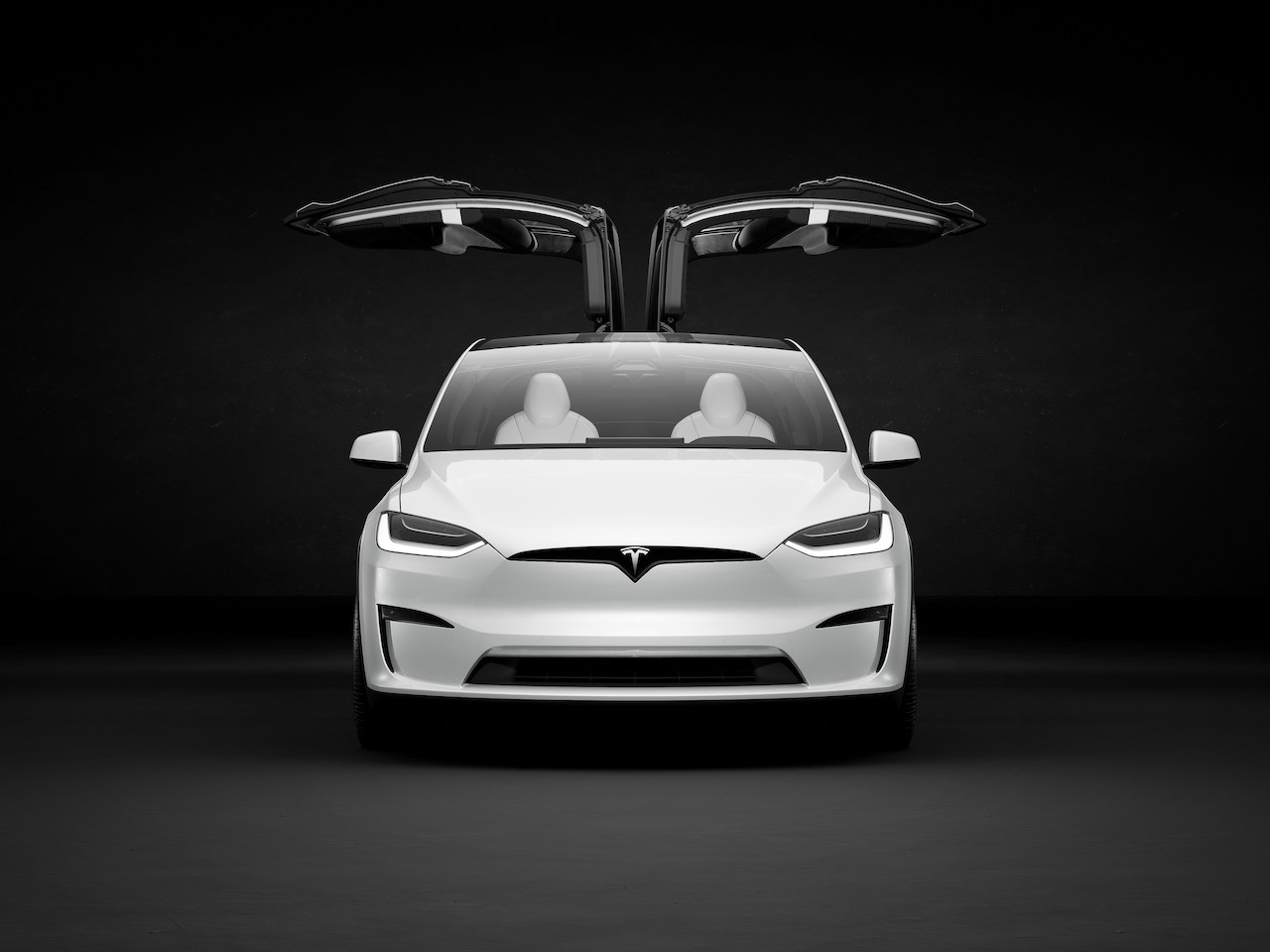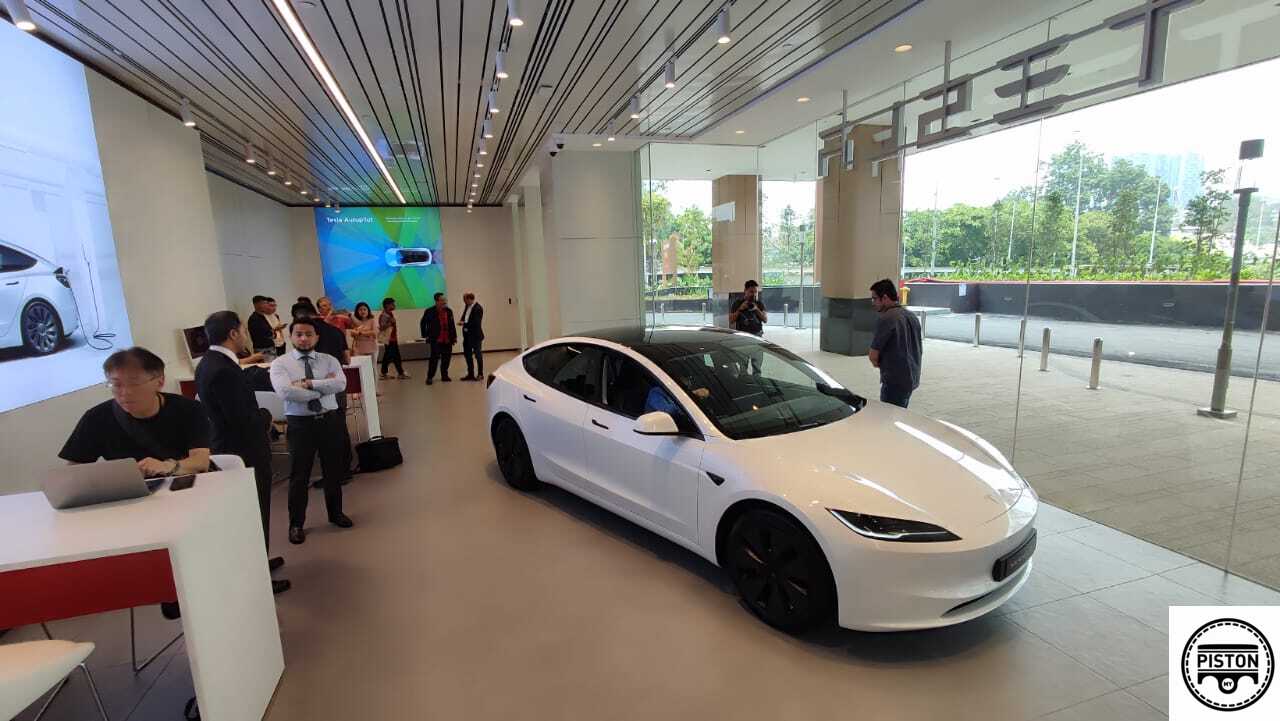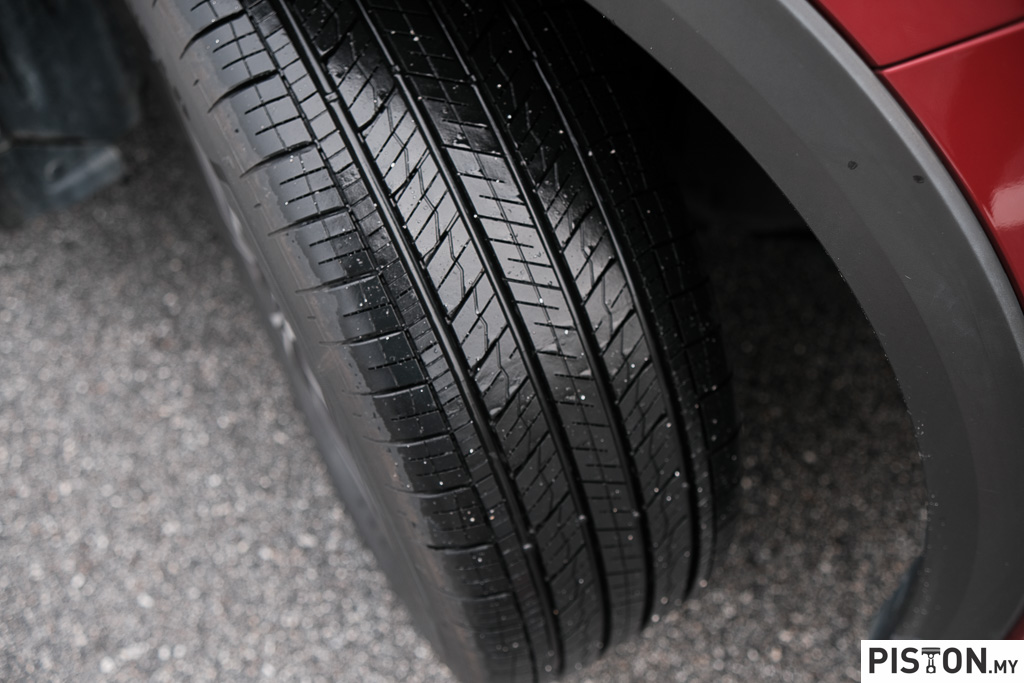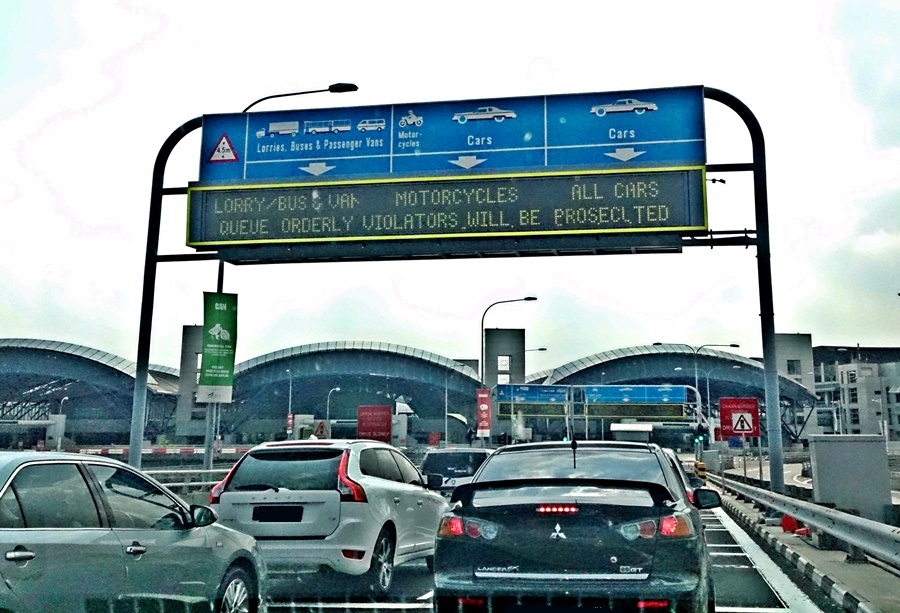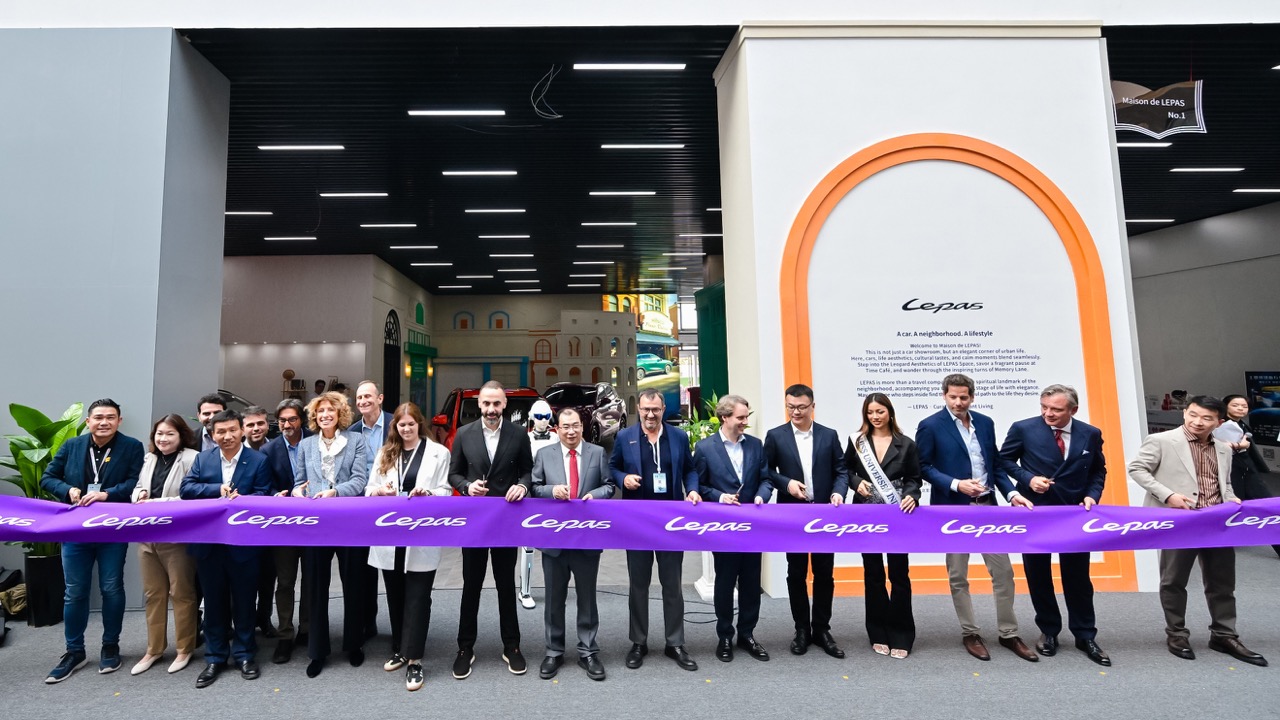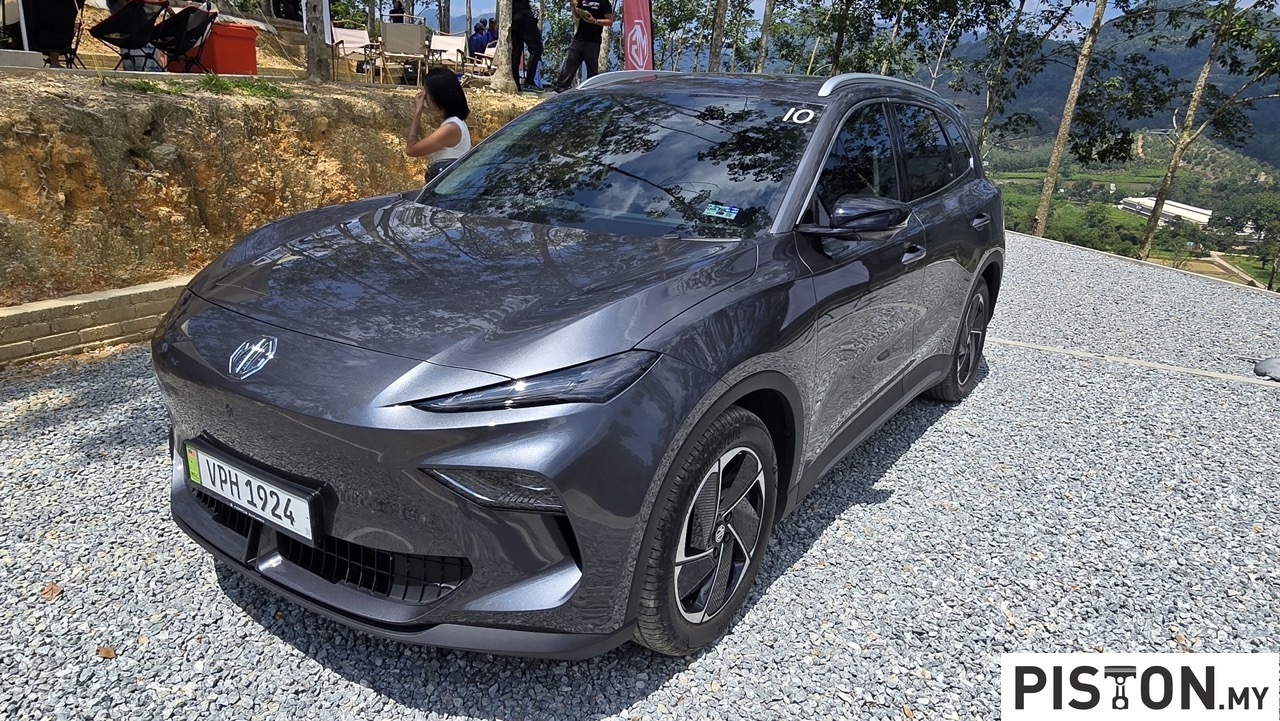Dalam beberapa hari kebelakangan ini, beberapa aduan telah muncul di platform media sosial daripada pemilik baru Cybertruck, yang mendakwa bahawa terdapat titik-titik karat yang muncul pada kenderaan elektrik mereka yang baru, yang datang dengan harga yang tinggi sehingga $99,900 (RM478,121). Salah seorang pemilik pergi sejauh mengatakan bahawa mereka telah diingatkan semasa penghantaran bahawa trak mereka mungkin terjejas oleh karat apabila terdedah kepada hujan.
Seorang ahli forum Cybertruck Owners Club menyuarakan kebimbangan mereka, menceritakan bagaimana seorang penasihat telah memperingatkan mereka tentang kemungkinan Cybertruck mengembangkan tanda karat oren dalam keadaan basah, memerlukan penggosokan untuk menyelesaikan masalah tersebut.

Wes Morrill, seorang jurutera yang berkaitan dengan Cybertruck, menggunakan platform X untuk menangani aduan berkaitan karat ini. Dia menjelaskan bahawa titik-titik karat yang dilaporkan sangat kecil, seperti saiz “butir jarum,” dan menekankan bahawa mereka tidak berasal dari badan keluli tahan karat kenderaan tersebut.
Dalam posnya, Morrill menjelaskan bahawa titik-titik seperti karat tersebut dikaitkan dengan pencemaran permukaan daripada karat logam yang sebenarnya. Dia berkongsi pandangan bagaimana untuk mengurangkan cela oren ini, menyalahkan zarah logam yang mungkin terkumpul semasa pembuatan atau pengangkutan, terutamanya melalui kereta api. Dengan lebih daripada 13 tahun pengalaman di Tesla, seperti yang ditunjukkan oleh profil LinkedIn-nya, Morrill merujuk kepada video YouTube yang relevan untuk mengesahkan penjelasannya.
“Pembuktian mitos yang baik. Keluli tahan karat adalah reaktif dan besi bebas yang terdapat padanya akan berkarat,” komen jurutera Cybertruck. “Ini hanya pencemaran permukaan dan boleh dibersihkan dengan mudah.”
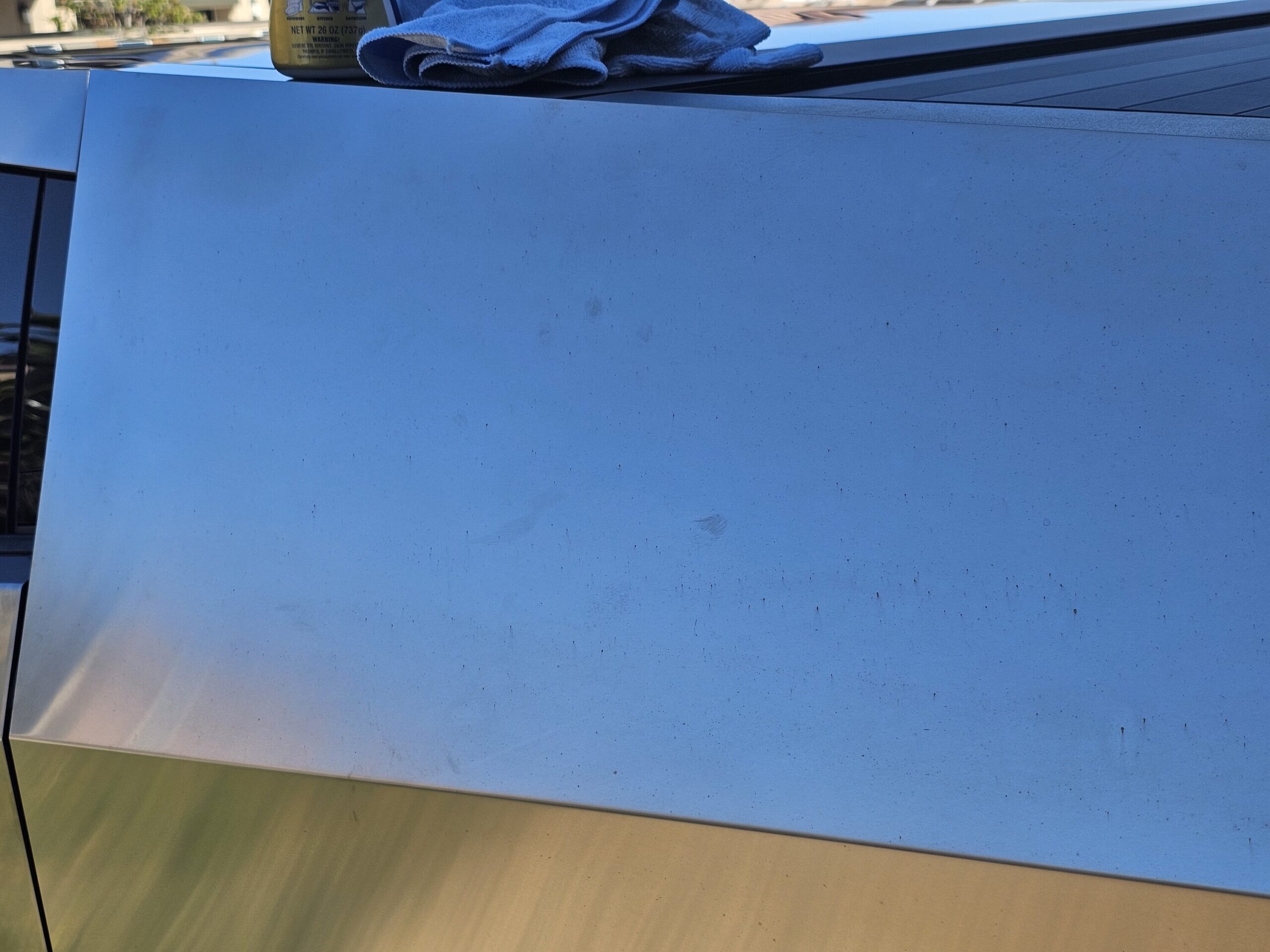
Pengarah Eksekutif Tesla, Elon Musk, nampaknya mengesahkan pendapat Morrill dengan komen “Yeah” kepada pos tersebut.
Keluli tahan karat, yang kebanyakan dielakkan oleh pengeluar automotif disebabkan oleh cabaran pembentukan dan kepekaan terhadap kekotoran, menandakan perbezaan daripada konvensyen dengan Cybertruck. Terutamanya, ia berdiri sebagai kenderaan pengeluaran pertama sejak Delorean pada tahun 1983 yang membanggakan pembinaan keluli tahan karat, menekankan minat Tesla terhadap inovasi di tengah-tengah cabaran pengilangan.

